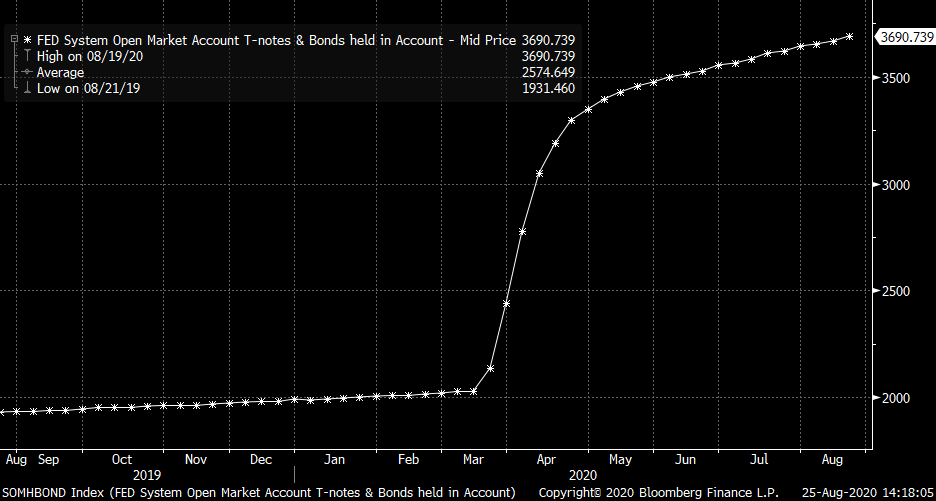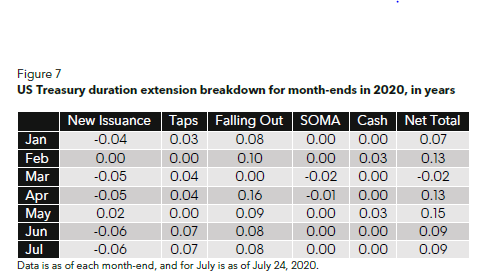That's big. Until May (when the new 20-year bond debuted), the last one of that size was in 2009. 4/
912810EK $9.5b (1991 30Y)
912828RC $66.7b (2011 10Y)
912828D7 $29b (2014 7Y)
9128282F $36.3b (2016 5Y)
9128284W $38.6b (2018 3Y)
912828YC $45.2b (2019 2Y)




